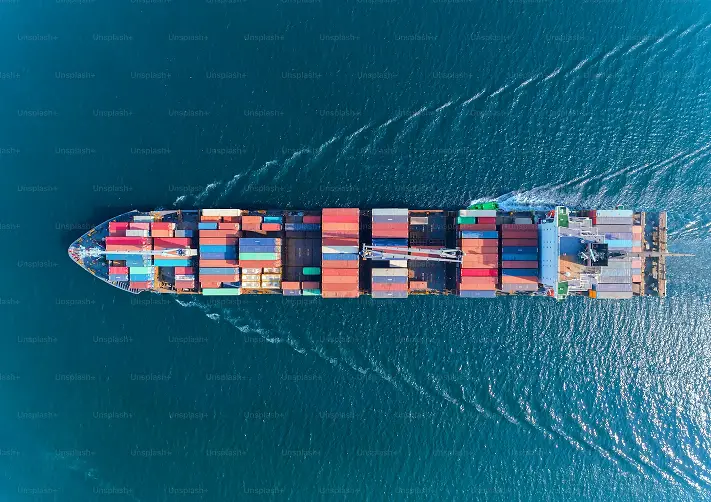At the St. Petersburg International Economic Forum (SPIEF) on Thursday, Russian Transport Minister Vitaly Saveliev said that the amount of cargo shipped through the North South Transport Corridor (INSTC), which is being promoted as an alternative to the Suez Canal, may almost triple over the next seven years.
The INSTC will be a 7,200km multi-mode transit system which will bring together rail, road, and ship routes to service cargo transportation between Russia, Iran, Azerbaijan, India, and Central Asia.
The project began construction in the early 2000’s however efforts to developed the corridor increased following the imposition of sanctions on Russia over the war on Ukraine, which forced the Kremlin to shift its trade flows from Europe to Asia, Africa and the Middle East.
In 2022, total cargo flow along the INSTC was 14.5 million tons and this year it is projected to reach 17.6 million tons, according to Saveliev. He added that the volume is expected to reach 41 million tons by 2030.
Only some sections of the route are in operation at present. Last month, Russia and Iran agreed to build a railway line and incorporate it into the project. The Kremlin is planning to invest over $3 billion to expand the project by 2030.
Russia has said repeatedly that the transport corridor could be a substitute for the Suez Canal, the sea-level waterway which stretches 193km in Egypt, which connects the Red Sea to the Mediterranean Sea. About 12% of global trade passes through the popular route each day.
In March of 2021, a container ship which ran aground blocked the Suez canal. The blockage caused ships to back up and cost the global economy $9 billion per day.
It is expected that shipping cargo through the INSTC will allow companies to cut shipping costs by half, and reduce travel times by up to 20 days compared to the Suez Canal.


